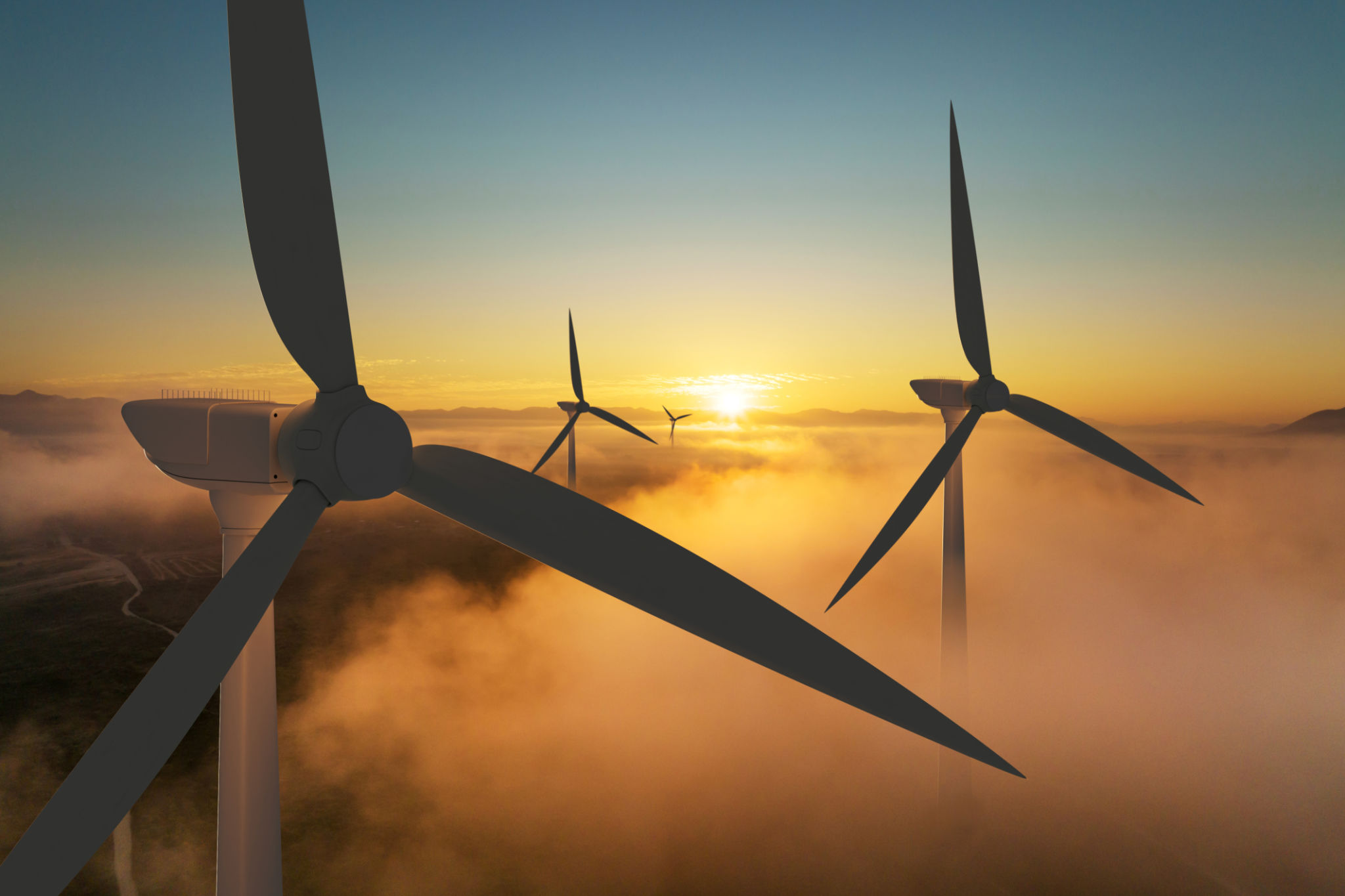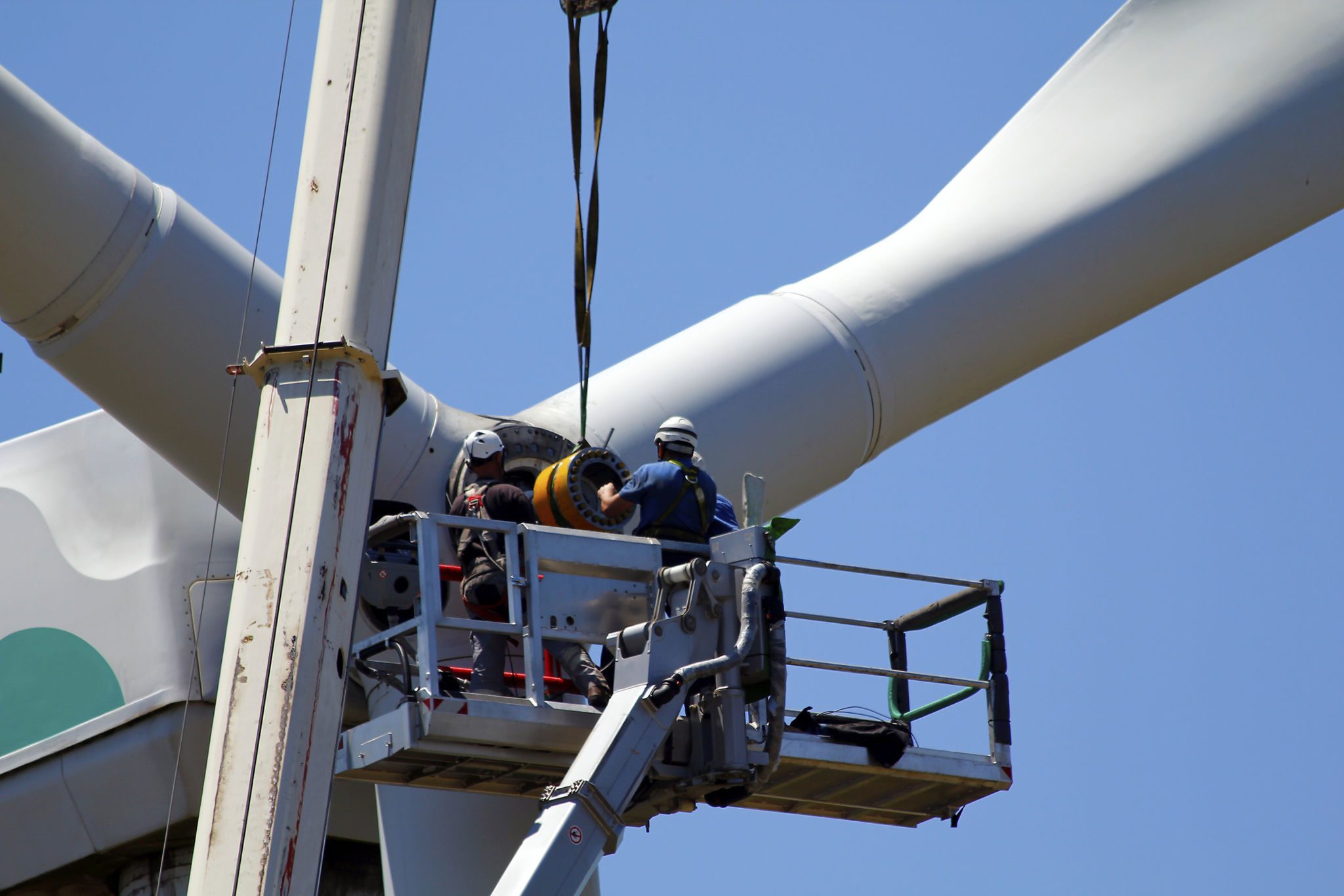Case Study: Successful Implementation of Wind Turbines in Baltimore
Ki
Introduction
In recent years, Baltimore has made significant strides in embracing renewable energy solutions to combat climate change and reduce its carbon footprint. One notable example is the successful implementation of wind turbines across the city. This case study explores the journey, challenges, and triumphs of integrating wind energy into Baltimore's energy landscape.
The decision to incorporate wind turbines was driven by the city's commitment to sustainability and the growing demand for clean energy. By harnessing the power of wind, Baltimore aimed to not only meet its energy needs but also set an example for other urban centers.

Project Planning and Development
The project began with a comprehensive feasibility study conducted by leading environmental scientists and engineers. The study identified key areas in and around Baltimore where wind conditions were optimal for generating electricity efficiently.
Once the locations were determined, the city collaborated with several stakeholders, including government agencies, private companies, and local communities. This collaborative approach ensured that all voices were heard and that the project would be beneficial to everyone involved.
Community Engagement and Support
One of the critical components of the project's success was community engagement. Early in the process, town hall meetings were organized to educate residents about the benefits of wind energy and address any concerns they might have had regarding noise, aesthetics, and potential environmental impact.

The feedback from these meetings was overwhelmingly positive, which played a crucial role in gaining public support. The city also implemented educational programs in schools to inspire the next generation about the importance of renewable energy.
Implementation and Challenges
The installation of wind turbines is no small feat. It required meticulous planning, substantial investment, and a commitment to overcoming logistical challenges. The transportation of massive turbine components through urban areas posed unique difficulties that were addressed through strategic planning and coordination.
Weather conditions also presented challenges during construction. However, by employing cutting-edge technology and experienced professionals, Baltimore managed to stay on schedule and within budget.

Economic and Environmental Impact
The successful implementation of wind turbines has had a profound impact on Baltimore’s economy and environment. The project created numerous jobs in construction, maintenance, and operations sectors, boosting the local economy.
Environmentally, the wind turbines have significantly reduced greenhouse gas emissions, contributing to cleaner air and a healthier ecosystem. This transition towards renewable energy has positioned Baltimore as a leader in sustainable urban development.
Conclusion
Baltimore's journey in implementing wind turbines serves as an inspiring case study for cities worldwide looking to transition toward renewable energy. The project's success underscores the importance of strategic planning, stakeholder collaboration, and community engagement.
As Baltimore continues to explore additional renewable energy projects, it remains committed to its vision of a sustainable future, serving as a beacon of hope for other urban centers aiming to achieve similar goals.